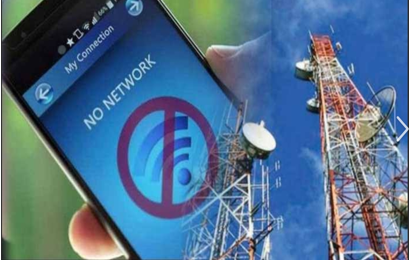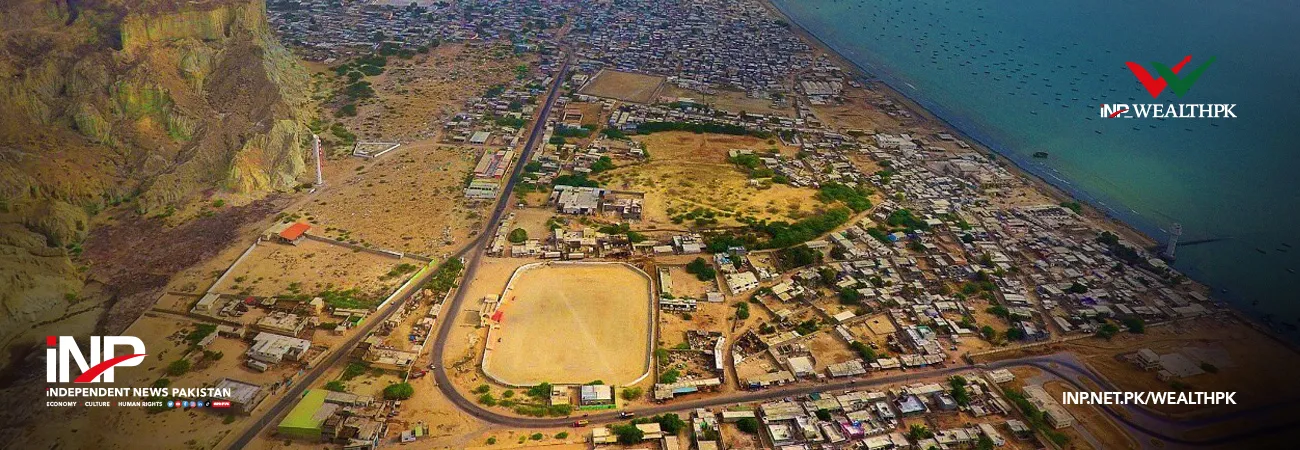آئی این پی ویلتھ پی کے
Amir Saeed
The findings in the Asian Development Bank’s diagnostic report on Pakistan’s digital ecosystem should serve as a wake-up call for all stakeholders in the country, said Aatizaz Hussain, a digital inclusion expert and researcher, in an interview with WealthPK.

According to the report titled “Pakistan’s Digital Ecosystem: A Diagnostic Report,” Pakistan’s broadband advancement remains critically constrained by insufficient fibre investment, complex regulations, and wide digital inequalities, threatening sustainable economic growth and nationwide digital inclusion.
“Poor fibre penetration is not simply a technical or investment bottleneck but an issue that undermines the nation’s economic potential and entrenches societal divides, particularly for women and rural populations,” said Aatizaz.
Aatizaz emphasized that a multipronged approach is needed: targeted fiscal incentives for fibre deployment, streamlined right of way for operators, and a sincere effort to lower the spectrum auction costs. Policymakers must go beyond just drafting policies, focusing on transparent, accountable implementation and ongoing capacity building for regulatory bodies.
“Most importantly, bridging the digital divide requires public-private collaboration to improve digital literacy and make devices more affordable, especially for women. With decisive and coordinated action, the country can accelerate broadband growth, paving the way for inclusive, sustainable economic development in the digital age.”
According to the International Telecom Union, every 10% increase in fixed broadband penetration in middle-income countries can drive GDP growth by 0.85%. Pakistan’s broadband environment, currently boasting 137 million subscriptions and a penetration rate of 56.5%, fundamentally relies on the quality and reach of its digital infrastructure, particularly fibre-optic networks across the first, middle, and last miles.
The ADB report highlights that fibre deployment in Pakistan remains exceptionally limited due to high capital investment requirements, significant regulatory challenges, complex and expensive right-of-way arrangements, and unpredictable tax regimes, all making expansion unattractive for potential investors.
Additionally, fierce competition among service providers, while beneficial to consumers, has led to the world’s lowest average revenue per user, eroding telecom revenues and prompting the exit of long-standing foreign investors like Telenor.
Notably, 97% of broadband subscriptions are accessed via wireless mobile, which shifts focus to spectrum availability as the next major priority. However, the report points out that spectrum scarcity and high auction prices, pegged to the US dollar, further deter service providers and retard sectoral growth.
Measures such as the Telecom Policy 2015 tried to address these challenges, but the ADB report observes that implementation gaps persist, owing to suboptimal monitoring and a lack of institutional continuity. Moreover, despite a provincial general sales tax of 19.5% on broadband services, efforts to stimulate demand and private investment remain limited.
Additional complications like power shortages, internet shutdowns, a significant gender gap in both mobile ownership and internet access, affordability constraints, and slow adoption of new technologies continue to be barriers. The diagnostic report stresses that unless these obstacles — especially fibre deployment — are addressed, Pakistan’s digital ecosystem will remain far below its true potential.
Credit: INP-WealthPk








